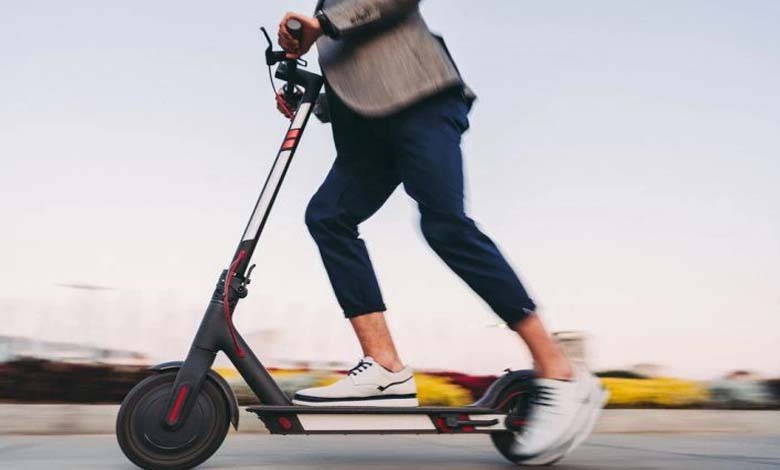The Leading Cause of Electric Scooter Accidents Revealed

Electric scooters have become a common sight in cities around the world. Convenient, eco-friendly, and often seen as a modern alternative to traditional transport, they attract everyone from students to professionals looking for a quick and flexible way to get around. However, behind this growing popularity lies a troubling trend: a consistent rise in accidents involving these vehicles. And according to recent studies, one factor stands out as the leading cause of these incidents.
-
France: Why is electric scooters demonized in Paris?
-
Goodbye to Accidents: Satellites Lead the Future of Driving
Surprisingly, it’s not mechanical failure or poor road conditions that top the list. The primary cause is the riders’ own lack of attention. Overconfidence, inexperience, using phones while riding, and ignoring traffic rules are increasingly common behaviors—especially among younger users.
Many riders underestimate the speed and power of an electric scooter. Some models can reach speeds of 25 km/h (or even higher), making a moment of distraction or a delayed reaction enough to cause a serious accident. This risk is heightened when riding without a helmet, on pedestrian pathways, or in the wrong direction. A significant number of accidents also occur at night, when visibility is low and riders lack proper lighting or reflective gear.
-
Electric Cars More Likely to Hit Pedestrians Than Other Vehicles
-
Just Like Refueling: Electric Car Charging in Minutes Coming Soon
Another common yet risky behavior is riding on sidewalks and ignoring traffic signals. Although these practices are banned in many cities, they continue to be widespread, endangering not only riders but also pedestrians. The feeling of freedom and the lack of formal training contribute to this widespread carelessness.
Health authorities and emergency services are sounding the alarm. Reports show a sharp increase in scooter-related injuries—from broken bones to head trauma and sprains. What’s most frustrating is that many of these injuries could have been prevented with basic caution and awareness.
-
After 10 years of work, “Apple” abandons its electric car manufacturing project
-
Egypt… Electricity Company warns against “using elevators” at this time
In response, several cities have started enforcing new regulations: speed limits, mandatory helmet use, safety training programs, designated parking zones… Yet none of these measures can replace personal responsibility. Being aware of potential dangers, riding carefully, and respecting others on the road are simple but vital steps.
Electric scooters can be a fantastic urban mobility solution. But for them to remain a helpful tool rather than a public safety hazard, vigilance and rule-following must be at the core of how we use them.












